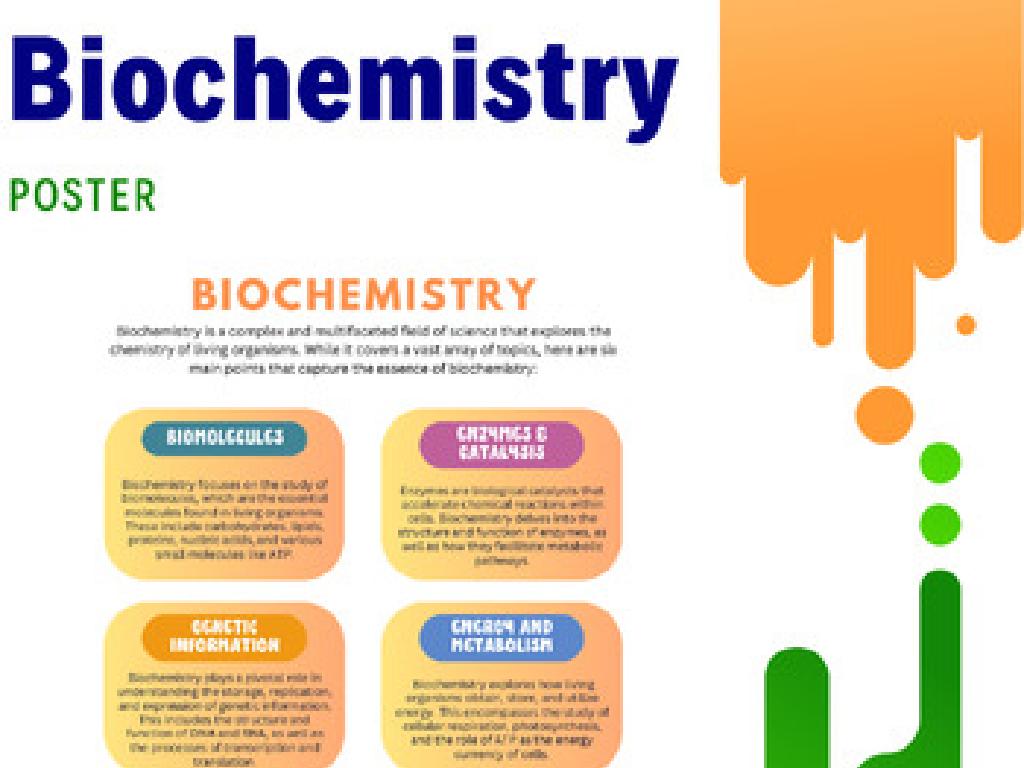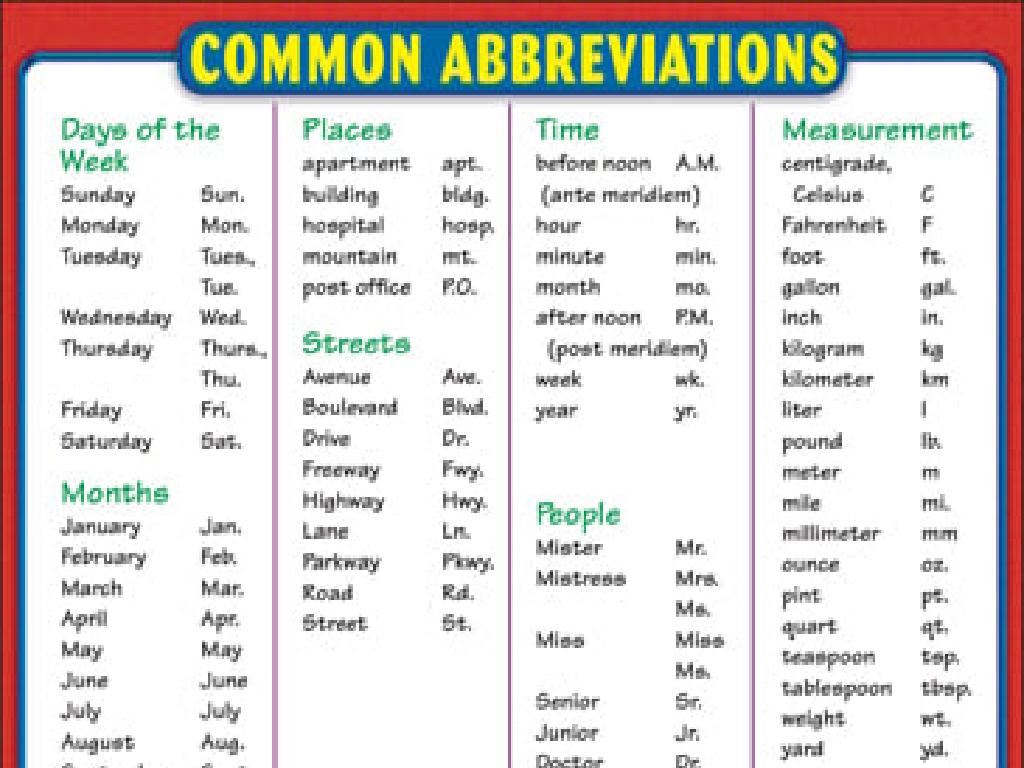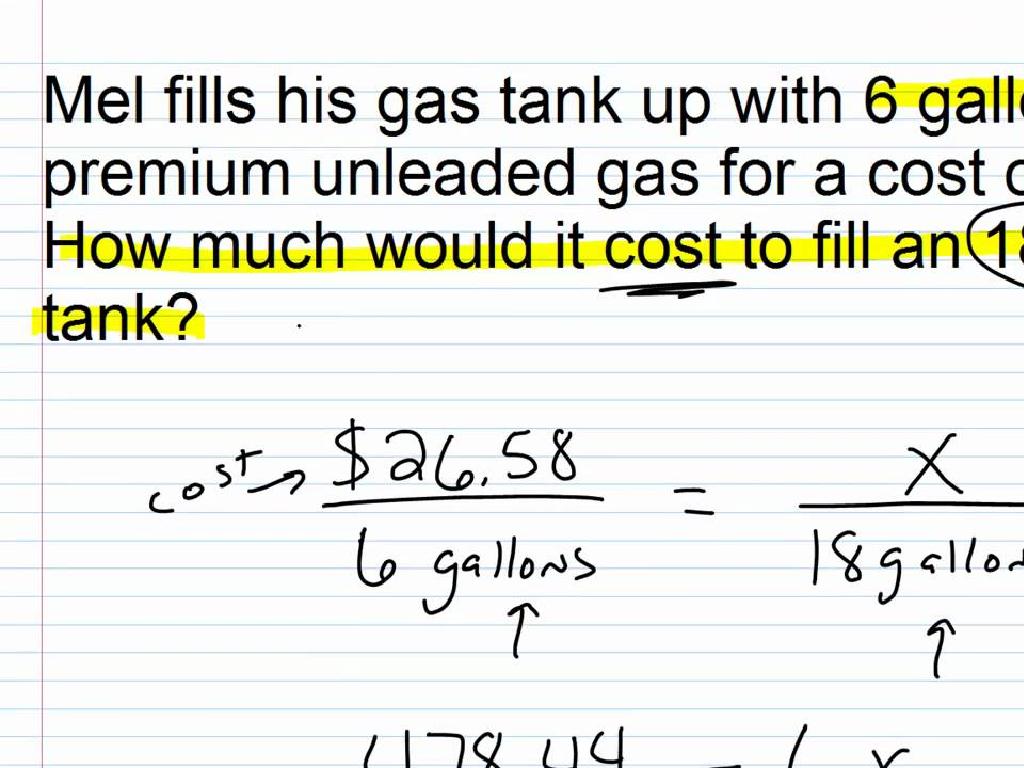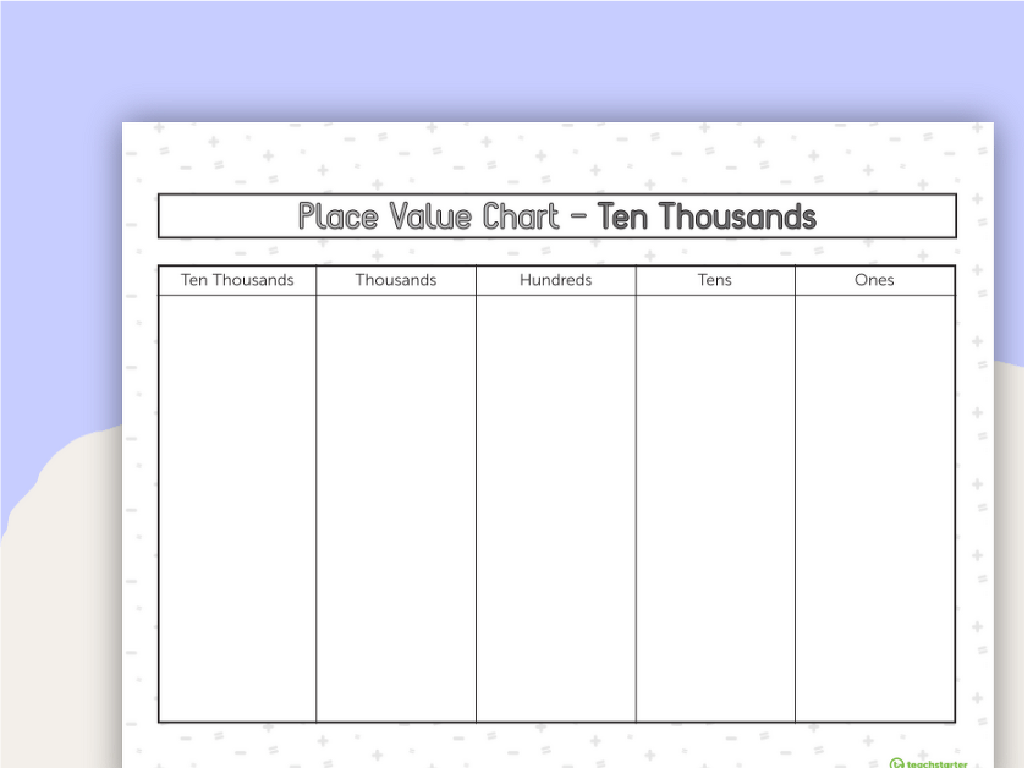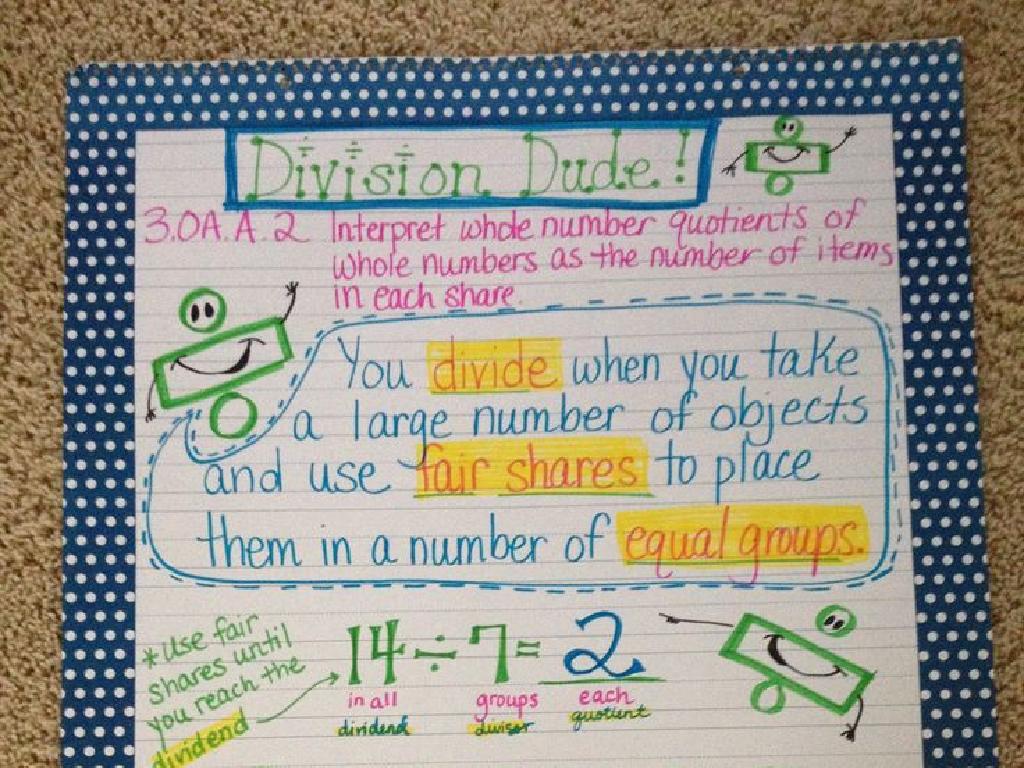Choose Metric Units Of Volume
Subject: Science
Grade: Fourth grade
Topic: Units And Measurement
Please LOG IN to download the presentation. Access is available to registered users only.
View More Content
Today’s Adventure: Exploring Volume!
– Why measurement matters
– Measurement helps us describe the world accurately.
– Exploring volume
– Volume tells us how much space something takes up.
– Metric units for volume
– Liters (L) for liquids, cubic centimeters (cm³) for solids.
– Choosing the right unit
– Use milliliters (mL) for small amounts, liters for larger.
|
This slide introduces the concept of volume within the broader topic of measurement. Start by discussing the importance of measurement in science and everyday life, emphasizing that it allows us to communicate and understand quantities effectively. Explain volume as the amount of space an object occupies, and introduce the metric units of volume, such as liters for liquids and cubic centimeters for solids. Highlight how to choose the appropriate unit based on the size of the object being measured, using milliliters for small quantities and liters for larger ones. Engage the students with examples, such as comparing the volume of a water bottle to that of a swimming pool, to illustrate the concept of volume and the practical use of different metric units.
Understanding Volume in Science
– Volume: space an object occupies
– Everyday examples of volume
– Water bottles, balloons, and milk jugs
– Metric units: liters and milliliters
– Use liters for large amounts, milliliters for small
– Measuring volume in science
– Use measuring cups and graduated cylinders
|
Volume is a fundamental concept in science, representing the three-dimensional space occupied by a substance or object. When teaching volume to fourth graders, use tangible examples like water bottles (milliliters) and milk jugs (liters) to illustrate the concept. Explain that liters are used for larger quantities while milliliters are for smaller amounts. Demonstrate how to measure volume using tools like measuring cups and graduated cylinders, and encourage hands-on activities where students can practice measuring different volumes of liquids. This will help them grasp the concept of volume and understand how to choose the appropriate metric unit for measuring it.
Metric Units of Volume
– Liters: Basic volume unit
– A liter (L) is the standard for measuring volume in the metric system.
– Use liters for large liquid amounts
– Liters are best for measuring things like a bottle of soda.
– Milliliters: Smaller volume unit
– A milliliter (mL) is a thousandth of a liter.
– Use milliliters for small liquid amounts
– Milliliters are used for small amounts, like a medicine dose.
|
This slide introduces the basic metric units of volume, liters and milliliters, to fourth-grade students. Liters are the standard unit for larger quantities of liquid, such as water bottles or milk jugs. Milliliters, which are much smaller, are used for quantities like a spoonful of cough syrup or the capacity of a perfume bottle. It’s important to give relatable examples to help students grasp the concept of volume and the appropriate situations for using each unit. Encourage students to think of examples of liquids they use or see every day and to consider which unit of measurement would be most appropriate.
Visualizing Metric Units of Volume
– Compare 1 Liter and 1 Milliliter
– 1 Liter is like a big milk carton, 1 Milliliter is a small medicine dropper
– Milliliters in a Liter
– 1,000 milliliters make up 1 Liter
– Objects measured in liters/milliliters
– Liters for a soda bottle, milliliters for a perfume bottle
– Understanding volume through examples
|
This slide aims to help students visualize and understand the metric units of volume, specifically liters and milliliters. Start by showing a visual comparison of 1 liter and 1 milliliter, using relatable objects such as a milk carton for a liter and a medicine dropper for a milliliter. Explain that there are 1,000 milliliters in a liter to understand proportions. Discuss real-life objects that are measured in liters and milliliters, like a soda bottle for liters and a perfume bottle for milliliters, to give practical examples. Encourage students to think of other examples and to visualize the scale of liters and milliliters in terms of objects they encounter daily.
Choosing the Correct Metric Unit of Volume
– Practice with scenarios
– Which metric unit is best for a bottle of water?
– Tips for the right unit
– Remember: milliliters for small, liters for large volumes
– Common mistakes
– Don’t confuse milliliters (mL) with liters (L)
– Class activity
|
This slide is aimed at helping students understand how to choose the appropriate metric unit for measuring volume. Start with practical scenarios, such as determining the best unit for a bottle of water, a swimming pool, or a medicine dropper. Provide tips to remember the scale of units, emphasizing that milliliters are suitable for small quantities while liters are for larger volumes. Highlight common mistakes, like confusing milliliters and liters, and ensure students understand the difference. Conclude with a class activity where students bring in everyday items and decide whether to measure their volume in milliliters or liters, reinforcing their understanding through hands-on experience.
Let’s Practice Measuring Volume!
– Measure various liquids hands-on
– Work in groups to estimate & measure
– Record your measurements
– Use a measuring cup or graduated cylinder
– Discuss findings with the class
|
This slide introduces a hands-on activity for students to practice measuring the volume of different liquids, which will help solidify their understanding of metric units of volume. Divide the class into small groups and provide a variety of liquids for them to measure using tools like measuring cups or graduated cylinders. Encourage them to first estimate the volume and then measure to see how close they were. Have them record their measurements. After the activity, bring the class together for a discussion to share their findings, compare estimates with actual measurements, and reflect on the importance of accurate measuring in science. Possible activities: measuring water, oil, vinegar, or liquid soap. Ensure safety precautions are taken when handling liquids.
Class Activity: Volume Scavenger Hunt
– Find items that can hold liquids
– Work in teams to measure volume
– Use measuring tools like beakers or measuring cups
– Record your findings
– Write down the item and its volume in liters or milliliters
– Present and explain your measurements
– Share why you used liters or milliliters for each item
|
This activity is designed to help students understand and choose the appropriate metric units of volume. Divide the class into small teams and provide them with measuring tools. They should look for items around the classroom or school that can hold liquids and measure their volume. Encourage them to think about whether to use liters or milliliters based on the size of the container. After the activity, each team will present their items and explain their choice of measurement unit. Possible items could include a water bottle (milliliters), a jug (liters), or a tube of hand cream (milliliters). This hands-on experience reinforces the concept of volume measurement and the use of metric units.
Wrapping Up: Volume in Our World
– Recap: Metric units of volume
– Liters and milliliters are units for measuring how much space something takes up.
– Importance of volume measurement
– Knowing volume helps in cooking, science experiments, and more.
– Connecting volume to daily life
– Examples: Filling a water bottle (liters) or taking medicine (milliliters).
– Up next: Exploring weight and mass
|
As we conclude today’s lesson, remind students of the key points about metric units of volume, emphasizing liters and milliliters. Discuss why understanding volume is crucial, not just in science but in everyday tasks such as cooking or taking medicine. Relate the concept to real-life scenarios to solidify their understanding. Preview the next lesson on weight and mass to pique their interest, explaining that just like volume, these are fundamental concepts in science that help us describe and understand the world around us. Prepare them for hands-on activities that will involve measuring different items to reinforce these concepts.

